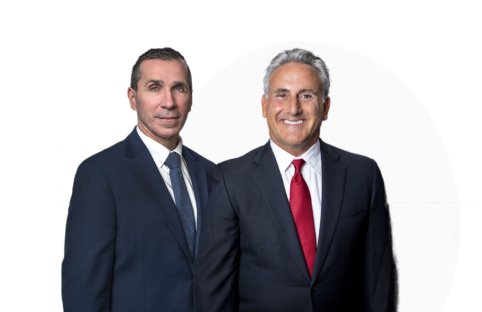Auto Accident Claims And Lawsuits
Most car accident claims — especially those involving injuries — are more complex than they seem. These details can affect how much a legal claim is worth. That’s why speaking to an experienced auto accident compensation Attorney in Cleveland Ohio can make a big difference.
Since your first consultation with The Skolnick Weiser Law Firm, LLC is free, you have nothing to lose. Let us review your personal injury claim. If we cannot take your case, we’ll still offer helpful advice or refer you to another lawyer who can help. Whether you need an accident compensation lawyer or a trusted team of experts, we’re here to support you.
Our lawyers have recovered hundreds of millions of dollars in settlements and verdicts for injured clients. We are proud to be a leading personal injury lawsuit attorney Cleveland Ohio firm.
The Incident
- At-scene investigation
- Insurance company investigation
- Attorney investigation
The Insurance Claim
- Contacting and cooperating with your own insurance company
- Contacting the negligent person’s insurance company
- The settlement demand
The Lawsuit
- When, why and where to file a lawsuit
- Court rules and requirements
- Discovery
- Arbitration/Mediation
- Trial
A personal injury case often starts by filing a claim against the insurance of the person at fault. If no insurance exists, it may go through the injured person’s uninsured motorist coverage. Sometimes, it is with the claims department of a government or business that is self-insured.
Even in the early stages, this process can be tricky. It may involve:- Determining who specifically may assert the claim.
- Determining the nature, proof and legal valuation of an injury.
- Preparing and filing all necessary paperwork to establish the claim.
- Protecting against the expiration of a claim due to the expiration of the statute of limitations.
- Collecting and presenting evidence of the negligent party’s responsibility.
- Presenting and negotiating formal settlement demands.
- Preparing and filing a formal lawsuit, if necessary, to preserve the injured party’s legal rights.
If it becomes necessary for a formal lawsuit to be filed, then the personal injury case may also come to require:
- Preparing and filing with the appropriate court all documents required by local and state rules.
- Establishing a strategy for exchanging evidence through the process of Discovery.
- Participating in mediation or court-ordered arbitration.
- Negotiating with insurance adjusters and defense attorneys for fair settlement of the lawsuit.
- If necessary, preparing for and conducting a trial of the injured person’s claim.
- Securing payment of any negotiated settlement, binding award, or jury verdict.
The People/Parties Involved In A Personal Injury Claim
The parties: The people who got hurt are called the “claimants.” Their family members may also have claims. If the case goes to court, these people become “plaintiffs.” On the other side are the people or companies that caused the injuries. These are the “insureds” in an insurance claim. In court, they are called “defendants.”
A skilled personal injury lawsuit attorney Cleveland Ohio will identify all possible claimants and all people who may owe damages. If anyone is missed, you could lose your right to recover or miss a possible source of payment.
The adjusters and attorneys:
Once an accident is reported to an insurance company, a “claims adjuster” will be assigned. There may be many adjusters if more than one insurance company is involved. You should speak with a trusted auto accident compensation Attorney in Cleveland Ohio before dealing with insurance yourself.Once you hire an attorney, they speak for you. If a lawsuit is filed, the other side’s insurance company will hire a defense lawyer.
The legal team: No lawyer works alone. A good team includes investigators, paralegals, and experts to review your case. Experts may be needed for medical, financial, or technical issues. The attorney chooses the right team for your case — from auto accident compensation Attorney in Cleveland Ohio to a pedestrian injury attorney, or even an Ohio boat accident attorney, depending on how the injury happened.
Every case is different, and that’s why a tailored team matters.
If you would like to discuss your legal options, contact us online or call us at 216-861-8888 or 877-977-3476 (toll free) to set up a FREE consultation. Se habla español.


